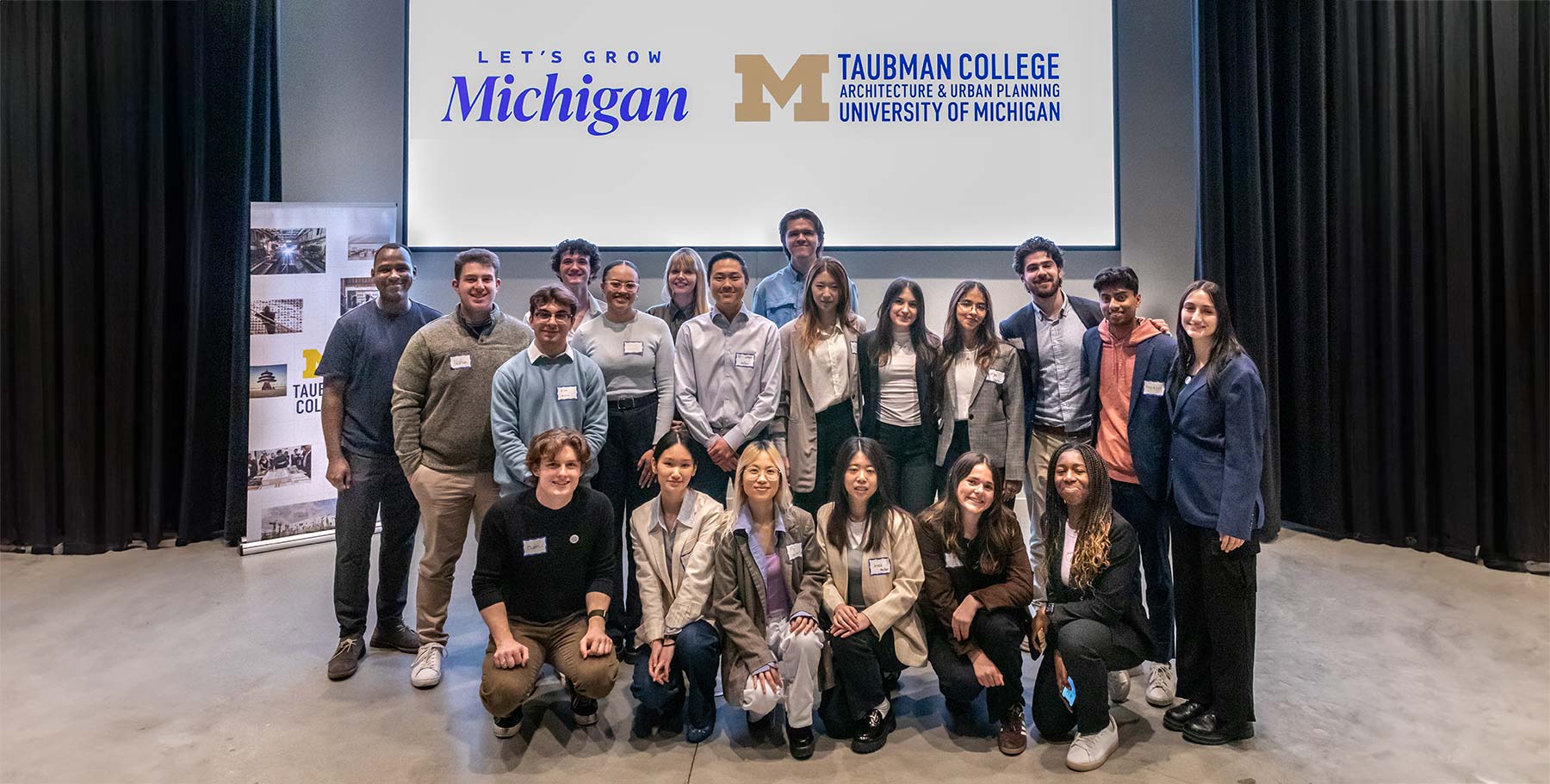An increasing amount of students and faculty—including Noam Kimmelman, M.U.P./M.P.H. 2013, and architecture lecturer Ellen Donnelly (M.Arch. ’08, M.S. ’09)—are turning to the web to raise funds for community projects.
While primary funding in the form of a grant may come from an organization, the project owners are turning to social fundraising sites like Kickstarter to encourage friends, families, acquaintances, interested activates and even strangers to help raise additional funds.
Donnelly was awarded a $5,000 Black Rock Arts Foundation for six Detroit community gardens called BLOOM TOWN. She turned to Kickstarter and raised more than $4,700, with 25 percent of the funds raised from greater metro Detroit area.
Kimmelman used the platform to try to raise funds for a larger truck and education-marketing materials to expand, Get Fresh Detroit, his party store produce-delivery project.
The Detroit Free Press recently wrote about Donnelly and Kimmelman’s experience in an article, included below.
Article from Detroit Free Press, featuring Donnelly, Kimmelman: October 25, 2010
Idealists like Noam Kimmelman, Tom Nardone and Ellen Donnelly flock to Detroit, eager to lay claim to what they see as a blank canvas for urban renewal.
Their projects are creative, artsy and altruistic—but not quite fodder for traditional grants.
So each has turned to kickstarter.com, a global micro-granting Web site for art, film and creative projects. The three are among a dozen at any given time in metro Detroit asking the world for chunks of $25 or $50 to fund projects in their quest to fix the city. Donors have given thousands of dollars, so far, to local art-as-renewal projects.
It’s a phenomenon the Brooklyn-based company is seeing only in Detroit.
“There’s a groundswell of people all over, saying, ‘Let’s save Detroit,'” said Kickstarter co-founder Yancey Strickler. “It’s seen as a kind of wild west for art.”
Remember last winter’s Ice House on the east side? It was one of the first Detroit projects Kickstarter helped fund, raising $11,000 for two artists to encase an abandoned home in ice, turning what some said was an eyesore into eye candy.
“People get excited about the idea of saving something,” Strickler said.
But there’s a catch—the entire amount requested must be pledged, or the artist gets nothing and the pledges are canceled.
Kimmelman, a University of Michigan graduate, has until Nov. 2 to finish raising $10,000 for a larger truck and education and marketing materials to expand his party store produce-delivery project called Get Fresh Detroit. He’s about halfway there.
“Translating social media into social capital is what Kickstarter helps us do,” said Kimmelman, 24, who is confident he’ll be funded.
Donnelly, 31, from Ann Arbor, started Bloomtown Detroit on Oakland Street between East Grand Boulevard and Holbrook Street. The group of neighborhood and local volunteers is frantically planting colorful annuals and perennials before it snows to create bands of color blooming year-round in the hard-hit neighborhood. About 25% of her more than $4,700 has come from metro Detroit.
“We’ve gotten to know a lot of the people who live here,” she said of the neighborhood.
Smaller amounts are easier to raise. Nardone of Birmingham asked for $600, and easily got it from all over the U.S. to fund a maze in the waist-high weeds of Rouge Park on Nov. 6. Like other parks his renegade Lawnmower Gang have reclaimed, the projects are to bring children back into green spaces.
The micro-grant that put him over was $50 from Sandy Shaner of Wood River, Ill., who has never been to Detroit, but has seen the city’s decay virtually.
“It just felt good. I could give them this and they could just go,” Shaner said. “Somebody has to do something.”




